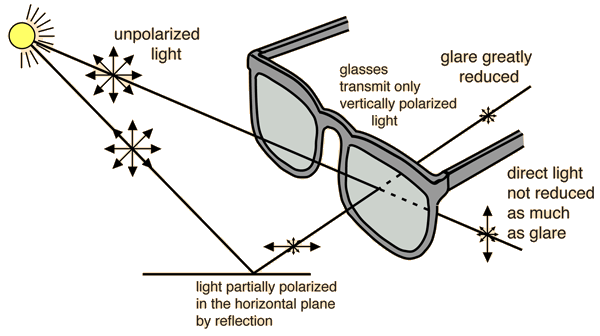See other Science/Tech Articles
Title: China Exclusive: Scientist pins hope on new evidence for universe's origin
Source:
[None]
URL Source: http://news.xinhuanet.com/english/sci/2012-08/23/c_131803645.htm
Published: Aug 23, 2012
Author: Quan Xiaoshu and Li Huizi
Post Date: 2012-08-24 03:41:57 by Tatarewicz
Keywords: None
Views: 90
Comments: 1
BEIJING, Aug. 23 (Xinhua) -- Charles Bennett, winner of the 2012 Gruber Cosmology Prize, has devoted himself to the detection of new evidence for inflation, the theorized rapid expansion of the universe that occurred in the very first moments after its birth. "We don't know how to detect gravitational waves very well, but we can detect their impact - polarization," the 55-year-old astrophysicist from Johns Hopkins University said at the 28th General Assembly of the International Astronomical Union (IAU) held in Beijing from Aug. 20 to 31. The inflation theory postulates that the universe expanded far faster than the speed of light and grew exponentially almost instantaneously after the Big Bang, or the moment when the universe sprang into existence 13.7 billion years ago. Scientists believe that inflation, if it actually occurred, could have created gravitational waves, which are ripples in the curvature of space-time. "People have conducted many experiments to detect them, but nobody, no matter what means are applied, has ever detected a gravitational wave at all," Bennett said. "Now we have found a different way of detecting them. Gravitational waves would have caused cosmic background radiation -- the remnant light from the very early universe -- to be polarized in a particular pattern. We know how to measure the polarization," Bennett said. "If we actually find it, it will help us understand a lot more than we know now about the universe's origin," he said. Bennett is now working with his partners to build a new ground-based instrument, the Cosmology Large Angular Scale Surveyor (CLASS), to look for the polarization pattern. Bennett used a metaphor to describe his hunt for the pattern. "When you are driving and the sun is shining in your eyes off the car in front of you, that's polarized light. If you put on polarized sunglasses, it goes away. We know how to deal with it." "We are conducting the experiment in my laboratory. The first part of the CLASS will be shipped to Atacama Desert in Chile a year and half to two years from now," Bennett said, "We will have four parts altogether and all of them may be installed there in three years." "After we measure the sky from Chile, we want to move to some other parts to survey the northern sky. However, in the north, it's not easy to find a spot that is high above atmosphere, doesn't rain and has electricity, Internet and convenient transportation," he said. Bennett and the Wilkinson Microwave Anisotropy Probe (WMAP) team were the recipients of the 2012 Cosmology Prize from the Gruber Foundation, a highly prestigious award in the astronomy community. They used observations of cosmic microwave background radiation to determine the universe's age, content, geometry and origin. This achievement has helped to transform cosmology into a precision science. WMAP showed through its studies that the geometry of the universe is close to flat, a physical dimension attributable to inflation. However, what the science needs is definitive proof of gravitational waves, phenomena that could have been generated only by inflation. "We need to look for polarization from space. The light is very valuable and comes from billions of years across the universe. It has all these secrets," Bennett said. Editor: Deng Shasha
Post Comment Private Reply Ignore Thread
Top • Page Up • Full Thread • Page Down • Bottom/Latest
#1. To: Tatarewicz, *Constitution Party* (#0)
Cosmology Large Angular Scale Surveyor/CLASS Diagram link Sounds like it might look like this: Ron Paul Supporters Travel From Germany And Switzerland To Attend Senator Tom Davis's Speech At Ron Paul's WE ARE THE FUTURE RALLY - YouTube Ron Paul Supporters Speak Out In Tampa View at the site or click here to watch bloomberg.com video: Ron Paul Arrives to Cheers and Media Throng at RNC Link for pic at TBO.com/Tampa Bay Online of Ron Paul waving to supporters as he arrives on the convention floor for the Republican National Convention in Tampa, Fla., on Tuesday, August 28, 2012. Pic link for: ------- "They're on our left, they're on our right, they're in front of us, they're behind us...they can't get away this time." -- Col. Puller, USMC
look for the polarization pattern

WMAP showed through its studies that the geometry of the universe is close to flat, a physical dimension attributable to inflation.

However, what the science needs is definitive proof of gravitational waves, phenomena that could have been generated only by
At 6:55, "Ron Paul has established a beachhead for Liberty and it's up to us to go ahead and take that beachhead and move it forward!"
Below is a clip of Ron Paul arriving on the floor this morning:

Top • Page Up • Full Thread • Page Down • Bottom/Latest
